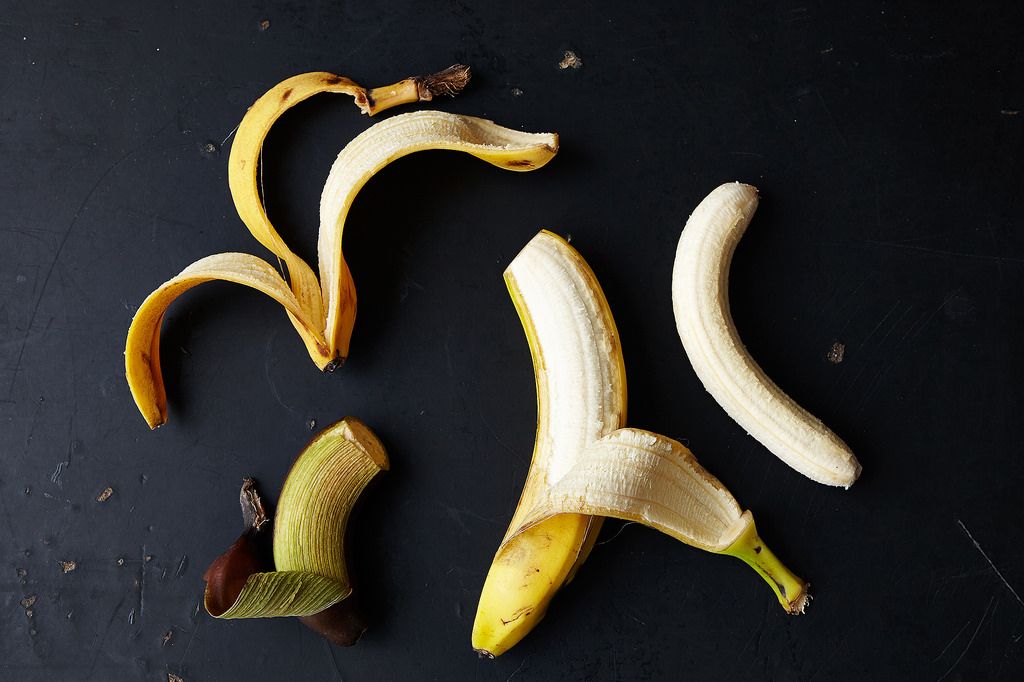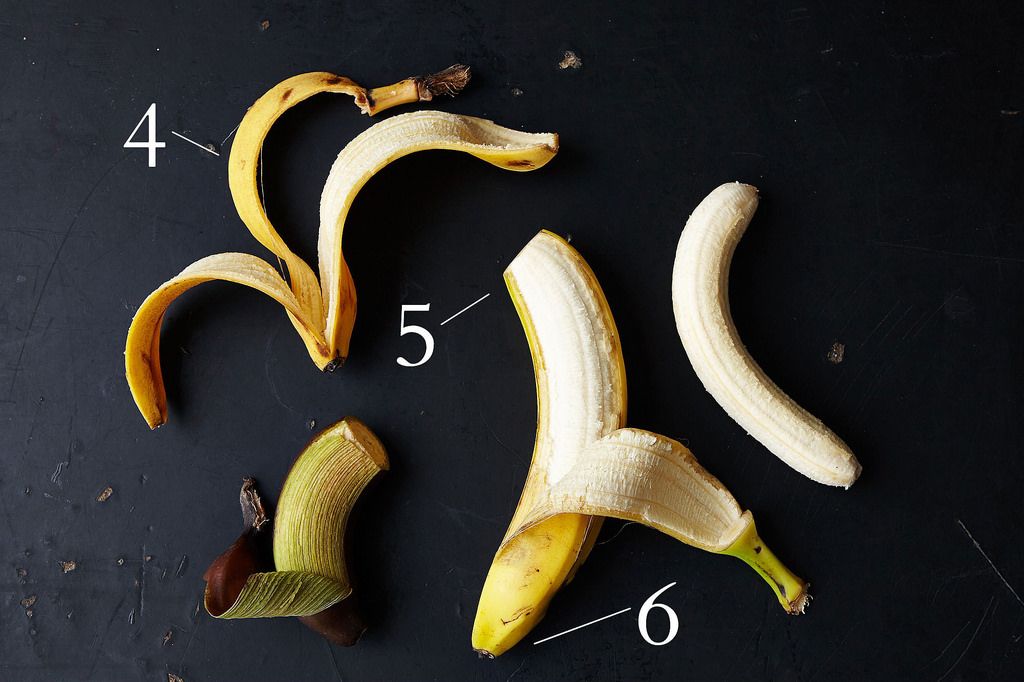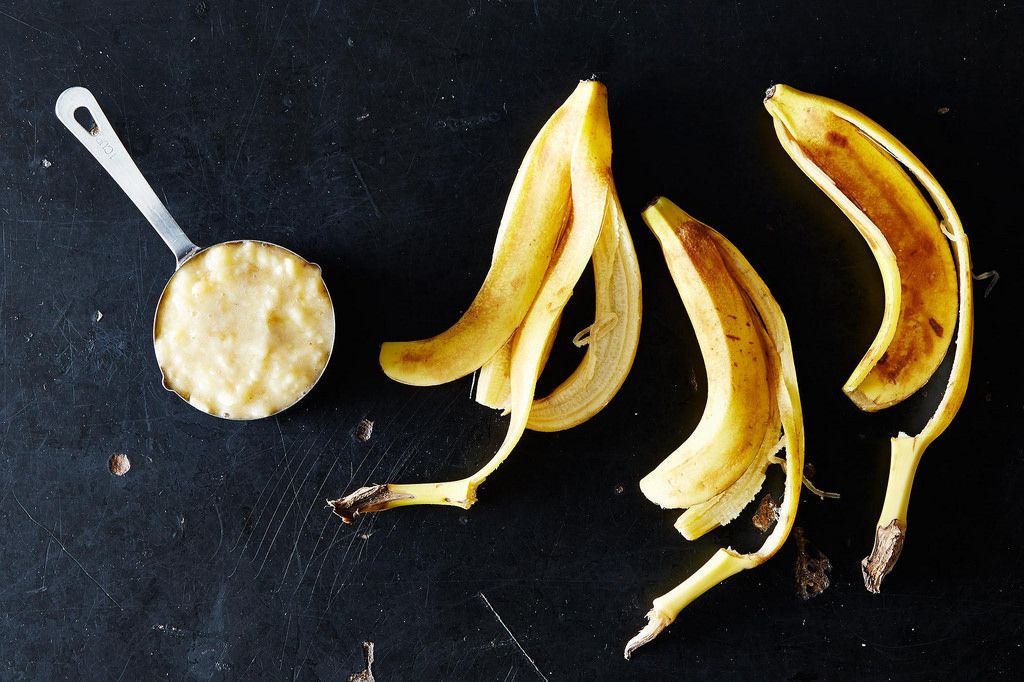Popular on Food52
13 Comments
Dungtran0703
October 8, 2020
We are in Vietnam. We are planting cavendish bananas so if you are importers you can contact me: dungqw@ gmail.com
Grey
February 17, 2015
You can take your over ripe bananas, mash them with some flour and spices like nutmeg, cinnamon and vanilla, then fry them in a bit of oil until crisp and the batter isn't runny. Delicious banana fritters.
You can even us green bananas. If they are fully green, boil them in salted water until they are tender when you poke them with a fork, but still a bit firm. You can peel them before hand, or just cut a slit down the back or inside curve and shuck them out after they cook.
You can even us green bananas. If they are fully green, boil them in salted water until they are tender when you poke them with a fork, but still a bit firm. You can peel them before hand, or just cut a slit down the back or inside curve and shuck them out after they cook.
luvcookbooks
February 8, 2015
Roasted w brown sugar, butter, cinnamon and rum, Emily c's divine banana cranberry bread, Vietnamese tapioca pudding w bananas.
Chef L.
February 8, 2015
The peels are an excellent fertilizer for roses. Just bury them near the base of the plant during the growing season. Or, you can puree them with some eggshells and pour directly to the root area.
aargersi
February 8, 2015
We grow a variety called an ice cream banana - slight vanilla taste - if we can avoid a hard freeze we should have loads this summer. Congee!
https://food52.com/recipes/3133-brown-rice-and-banana-congee
Cake!
https://food52.com/recipes/26904-banana-cake
I really like the stirring them into curry idea ...
https://food52.com/recipes/3133-brown-rice-and-banana-congee
Cake!
https://food52.com/recipes/26904-banana-cake
I really like the stirring them into curry idea ...
AntoniaJames
February 7, 2015
Ground flax seeds + a heaping teaspoon of almond or sunflower butter + a heaping teaspoon of unsweetened cocoa thoroughly stirred in, then covered in vanilla almond milk and heated in the microwave for about 2 minutes, 70%. Stir well, top with 1/2 banana cut into tiny bits + a tablespoon of finely chopped roasted pecans. Breakfast (or snack, if it was a light lunch and dinner's a long way off). Frequently. ;o)
Susan L.
February 7, 2015
Or try Espresso Powder instead of Cocoa Powder if you need the morning jolt
magpiebaker
February 7, 2015
There are actually many, many varieties of bananas, especially in Hawaii and other tropical places. They have one there called an "apple banana" - about half the size of a regular one, and a slight apple flavor. And my parents (in Southern California) grow a variety that's thin-skinned, dense, sweet, and also mini-sized. They are my favorite!
amysarah
February 7, 2015
No claims that this is authentic - to anywhere - but I've stirred a chopped overripe banana into simmering curry many times. It melts into the sauce, adds a mild sweetness, and works well with the coconut milk if that's in there too.
sexyLAMBCHOPx
February 7, 2015
I'm saving this chocolate stuffed banana recipe once the weather warms up and can locate my grill under the snow!
http://www.foodnetwork.com/recipes/nancy-fuller/grilled-banana-boats.html
http://www.foodnetwork.com/recipes/nancy-fuller/grilled-banana-boats.html
Susan L.
February 7, 2015
Forget waiting for warm weather. I'm in Chicago using Nordic Ware 365 Indoor/Outdoor Kettle Smoker all winter and house smells GREAT when you use wood chips (and I'm not being paid to tell you about it)
Susan L.
February 7, 2015
Don't forget about using overripe/brown bananas: They can add sweetness in bread/muffin/pancake/waffle recipes to replace refined sugar. They're also great in the oatmeal as you mentioned above and the color isn't off-putting.





See what other Food52 readers are saying.